Introduction
A deb package (.deb file) is a software package format designed for Debian-based distributions, identified by the .deb extension. These packages facilitate the installation of local software on an Ubuntu system.
This article outlines multiple methods for installing and removing deb packages on Ubuntu.
Prerequisites
- A system running Ubuntu
- Access to a terminal window or command line
- A user with root or sudo privileges
Install deb Files Using GUI
Installing deb files via the GUI is simple and convenient. Here are the two most common methods for installing deb packages through the user interface.
Option 1: Software Center
To install a deb package using the Software Center (Ubuntu Software), follow these steps:
- Find the downloaded deb package. By default, it is stored in the Downloads directory.
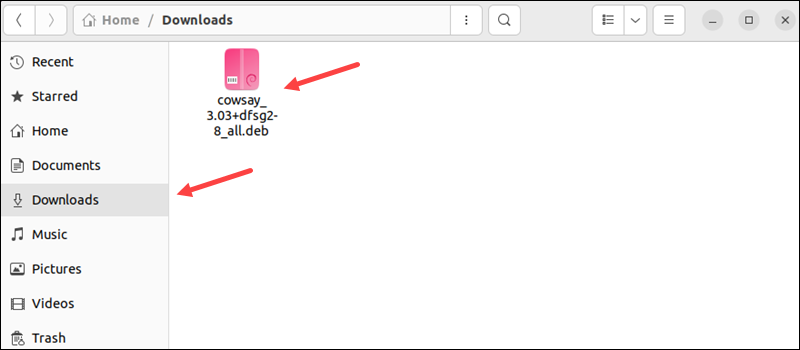
2. Right-click the deb file and select “Open With Other Application.”
3. Select Software Install from the program list.
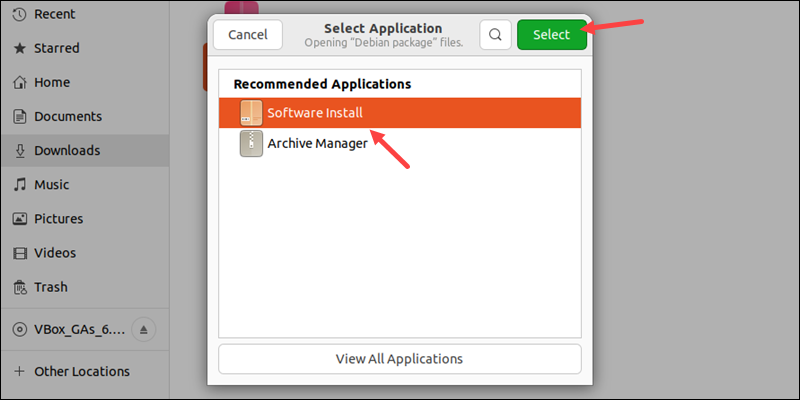
A new dialogue box opens with details about the software.
4. Click on the Install button to proceed.
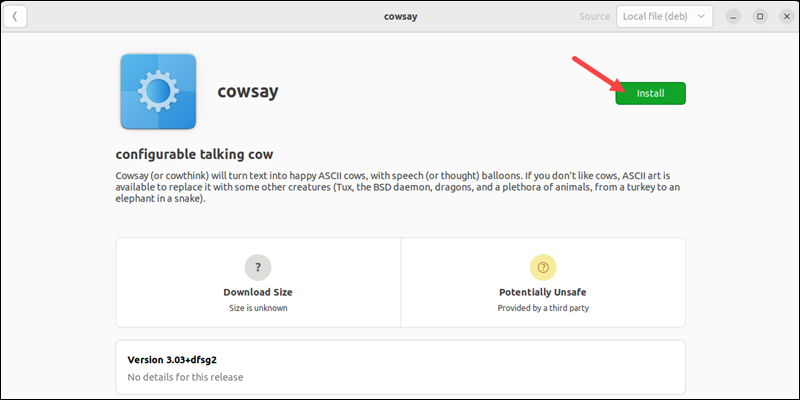
5. Enter the user’s password when prompted and press Enter to authenticate.
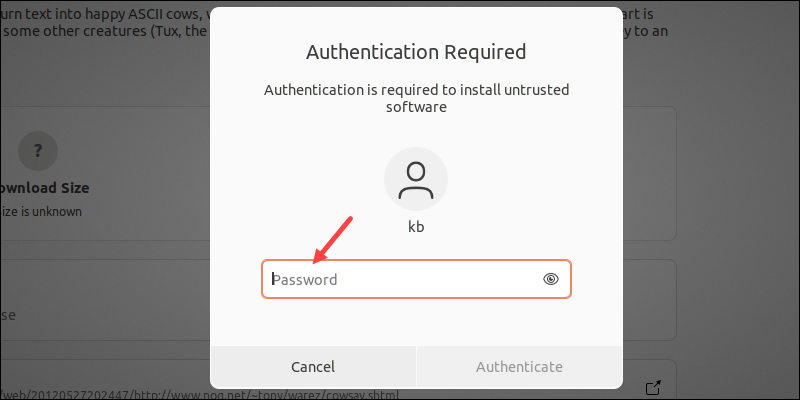
6. Wait for the installation to complete. When finished, the software is ready to use.
Option 2: GDebi GUI
GDebi is a straightforward tool for installing local deb packages. It identifies all required dependencies and automatically downloads and installs them using the apt package manager. GDebi is available as both a command-line and GUI tool.
Note: GDebi is not included by default in Ubuntu. To install it, use the following command:
sudo apt install gdebi -yTo install a deb package using the GDebi GUI, follow these steps:
- Open the file manager and locate the deb file.
- Right-click on the deb file and select “Open With Other Application.”
- Choose “GDebi Package Installer” and click “Select.”
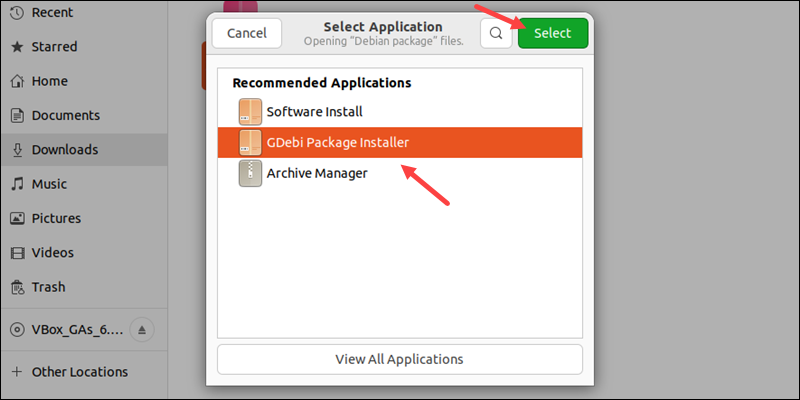
4. The installer will load the deb package and display the software description. Click “Install Package” to begin the installation.
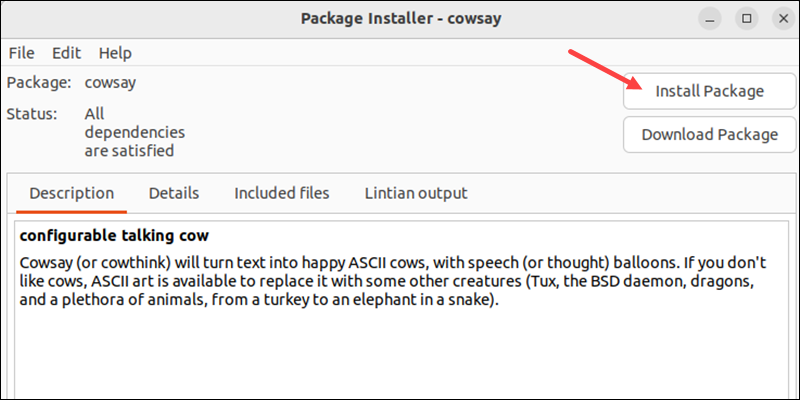
5. Enter your user password when prompted and press “Enter.”
6. Wait for the installation to finish. Once it’s done, the software is ready to use.
Install deb Files using the Terminal
The Ubuntu terminal allows for the installation of packages using various package managers and commands. Here are a few options to install deb packages using terminal commands.
Option 1: dpkg Command
The dpkg command serves as a package manager for installing, removing, and building packages.
To install a deb package using the dpkg command, execute the following command:
sudo dpkg -i <package path>
Enter the user’s password and wait for the installation to finish. If a package relies on unavailable dependencies, the dpkg command will return an error. You’ll need to download any dependencies manually.
Option 2: apt Package Manager
The apt command executes the apt package manager software. To install a deb package using the apt command, use the following command:
sudo apt install <package path>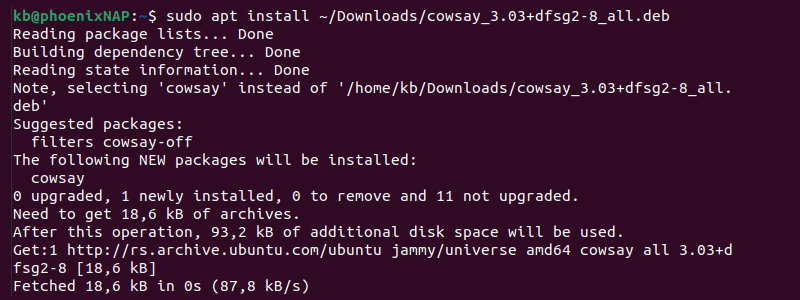
If prompted, enter the user’s password. The package manager will also automatically locate and install any dependencies.
Option 3: GDebi Package Installer
GDebi also functions as a command-line tool for package installation. To install a deb package with GDebi in the command line, run the following command in the terminal:
sudo gdebi <package path>
Press Y to confirm the installation and enter the user’s password.
How to Remove deb Packages
There are various methods to remove a previously installed deb package, depending on how it was initially installed. Below are examples of several options to remove deb packages from the system.
Option 1: Software Center
To uninstall a deb package using the Software Center, follow these steps:
- Open the Ubuntu Software application.

2. Navigate to the Installed tab.
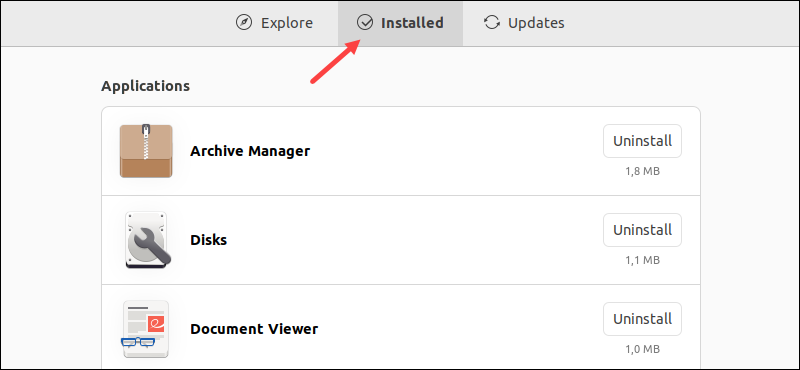
3. Locate the software you want to remove. Click Uninstall to remove the application.
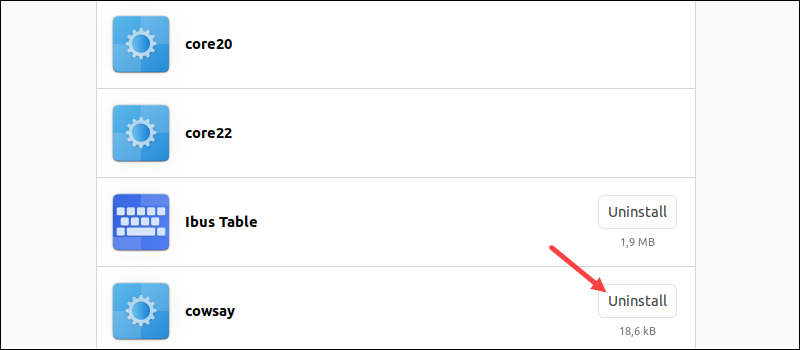
4. Confirm the uninstallation and provide the user’s password to complete the software removal.
Option 2: GDebi GUI
To uninstall software using GDebi, follow these steps:
- Locate the .deb package file on your system.
- Right-click the file and choose “Open With Other Application.”
- Select “GDebi Package Installer” from the list.
- Click “Remove Package” to uninstall the software.
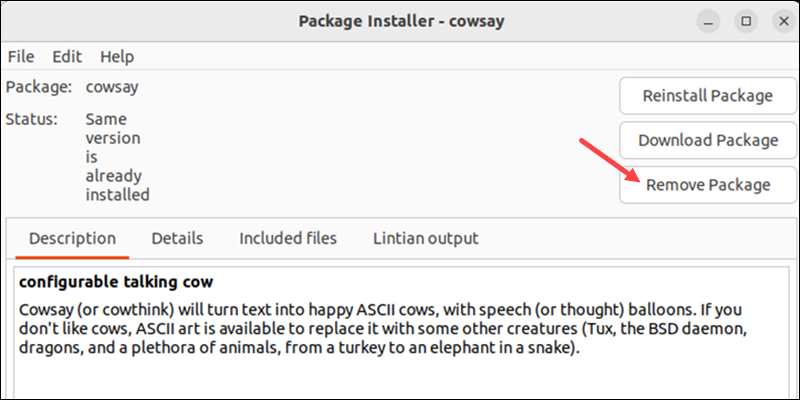
5. Provide the user’s password and wait for the uninstall process to complete.
Option 3: dpkg Command
To remove packages installed with dpkg, utilize the following command in the terminal:
sudo dpkg -r <software name>
Use the official package name (not the .deb file name) in the command.
Option 4: apt Package Manager
To uninstall a package using the apt command, run the following:
sudo apt remove <software name>
Press Y to confirm the removal.
This method works if the initial installation was done through the Ubuntu Software Center or the apt package manager.
Conclusion
Now you’re familiar with various methods to install and remove local software packages (.deb) on Ubuntu.



